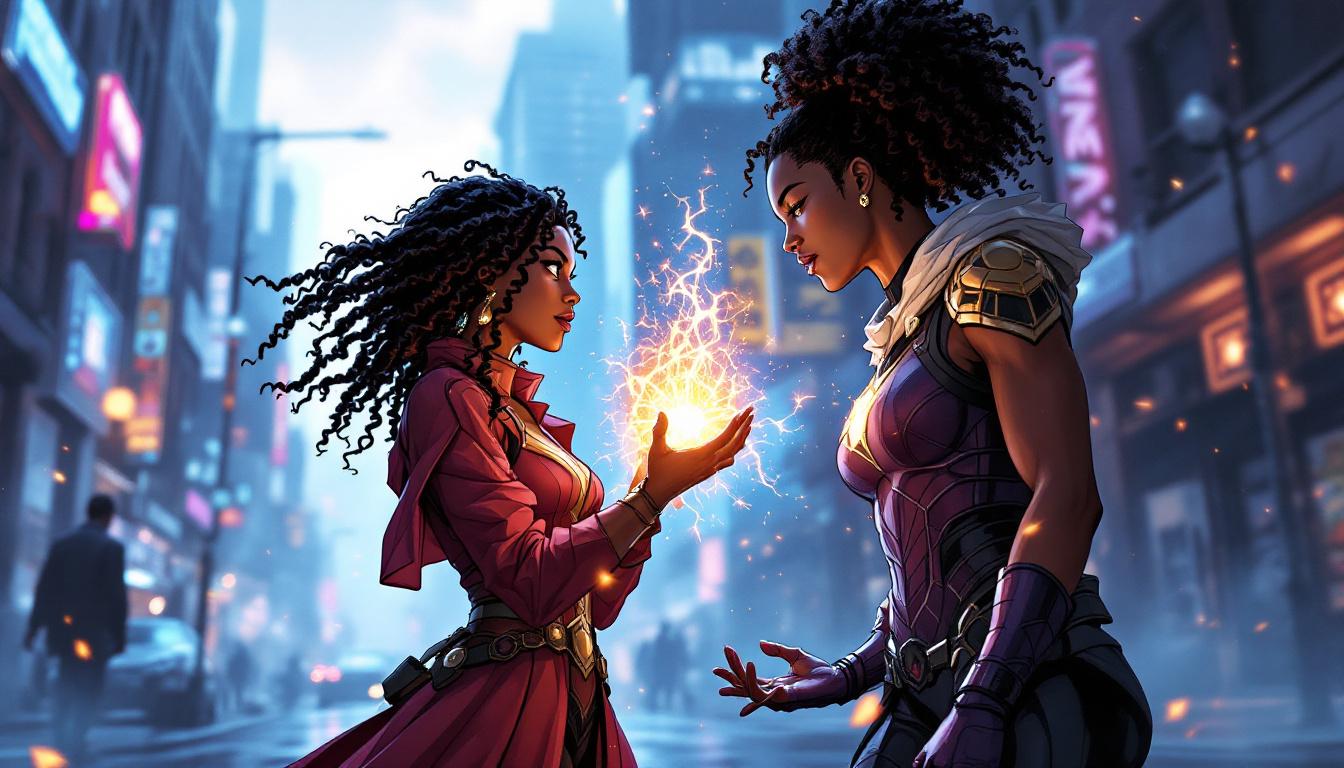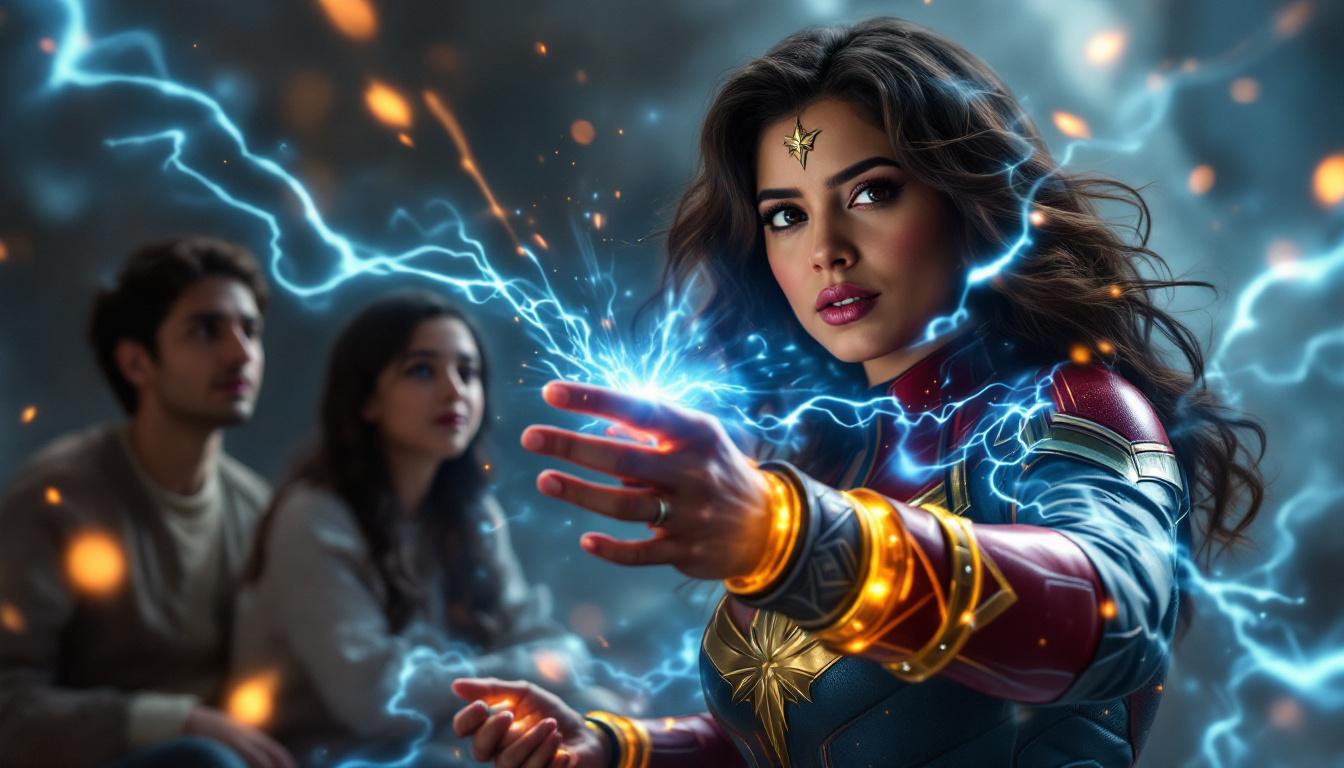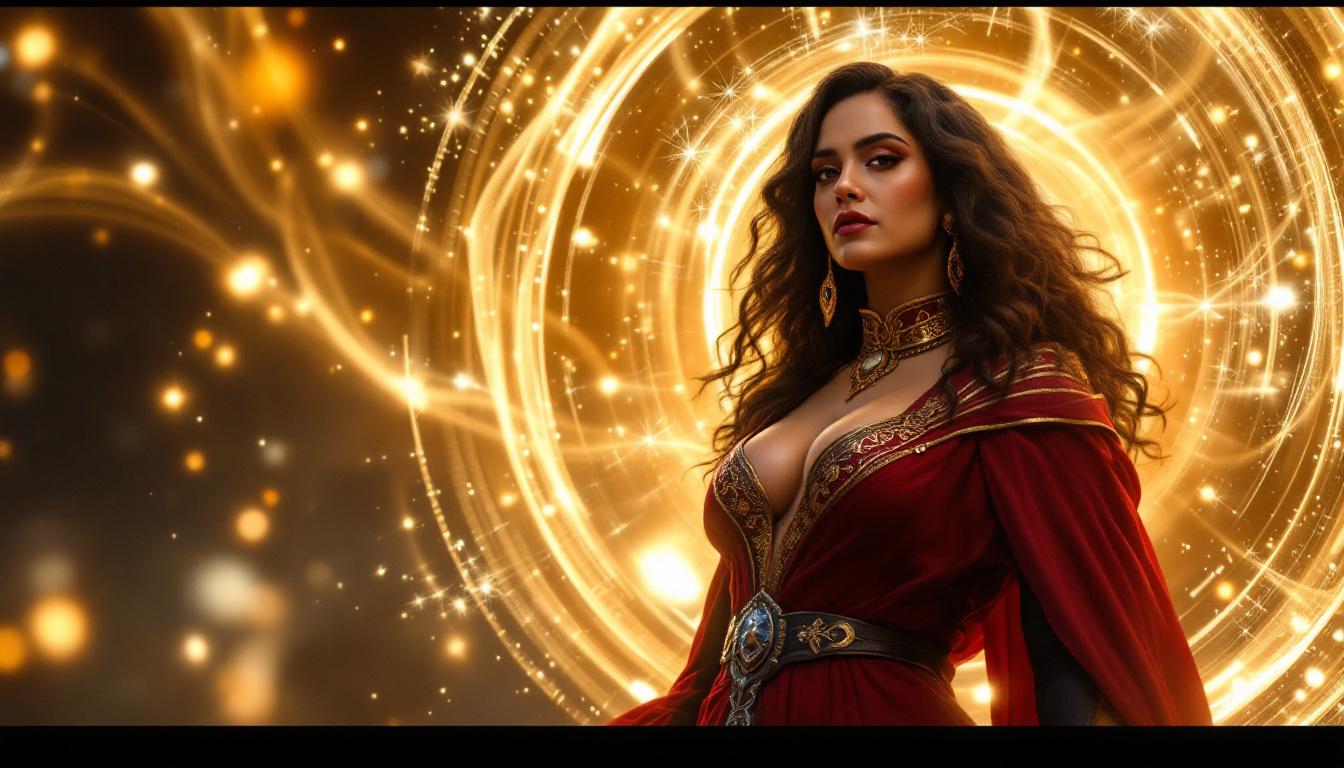The Marvel Cinematic Universe (MCU) didn’t stop evolving after the credits rolled on Avengers: Endgame. With each new movie and series, Marvel continues to add fresh faces and sometimes, these characters are quite different from their original comic book versions. Fans have witnessed bold updates, more diverse casts, and stories reimagined to better fit our world today.
Let’s dive into the most talked-about changes for MCU characters introduced after Endgame—and see how they compare to their original comic selves.
Why the MCU Makes Changes
The MCU’s mission is to bring classic heroes into a modern world, making them relatable to new generations. Some updates are for diversity, others to simplify complicated comic plots, and many reflect changing attitudes and beliefs. While some purists balk at the differences, others celebrate the evolution as Marvel’s way of keeping stories fresh.
1. Zelma Stanton

Comic Book Origin
In the comics, Zelma is a skeptical Bronx librarian who stumbles into Doctor Strange’s mystical world almost by accident. She’s older, inexperienced, and grows into her magical role.
MCU Version
On Disney+’s Ironheart, Zelma is younger and already shows serious magical skill. Her backstory is deeper—her mother trained at Kamar-Taj and passed on her mystical knowledge. Zelma quickly becomes both a mentor and protector to Riri Williams (Ironheart), playing a powerful magical role early on.
What It Means:
This Zelma isn’t here to fumble through the world of magic—she’s ready to lead. The change brings the MCU a wise, capable woman of color who can inspire and support the next generation of heroes.
2. Kamala Khan / Ms. Marvel

Comic Book Powers
Kamala is a teenage Inhuman who “embiggens”—she grows, shrinks, and reshapes her body using her polymorph abilities. Her powers came from Terrigen Mists unlocking her hidden DNA.
MCU Version
In the Disney+ Ms. Marvel series, Kamala’s powers come from a mystical bangle linked to her family’s Noor Dimension ancestry. Instead of physically stretching, she creates hard-light energy, forming shields and fists out of cosmic energy.
What It Means:
This change avoids the confusing history of Inhumans, making Kamala’s story more personal and culturally rich. Her superhero identity reflects both her heritage and her family’s mysterious past—something comic fans and new viewers can appreciate.
3. Ajak

Comic Book Ajak
Ajak is originally a male Eternal, mostly known for his warrior skills and as a spokesperson for the Celestials. In the comics, he’s a classic strongman—a bit distant, full of ancient wisdom, and not usually the team’s heart.
MCU Version
Salma Hayek’s Ajak in Eternals is a gender-flipped leader and the team’s main maternal figure. She is deeply spiritual, guiding the Eternals with empathy and care. Her focus on unity and compassion grounds the team during crisis.
What It Means:
The MCU’s Ajak becomes relatable and refreshing, challenging classic team-leader tropes, and opening up new dynamics for the entire Eternals cast.
4. Taskmaster
Comic Book Taskmaster
In comics, Taskmaster is Tony Masters—a mercenary with an uncanny ability to copy any opponent’s combat style. He’s smart, talkative, and, honestly, a bit of a show-off.
MCU Version (Black Widow)
The MCU took a big swing: Taskmaster is Antonia Dreykov, the daughter of the film’s villain. She’s silent, masked, and manipulated through trauma. The twist shocked fans and redefined the character as a symbol of control and suffering.
What It Means:
While divisive, the change brought more emotional depth and gave Black Widow’s past more meaning. The MCU’s version tells a harder story about family, control, and redemption.
5. America Chavez
Comic Book America
America is an interdimensional hero known for her strength, flight, and star-shaped portal punches. Comic fans love her confident, brash attitude.
MCU Version (Doctor Strange in the Multiverse of Madness)
Here, America is new to her powers and more cautious. She’s unsure but learns quickly—with help from Doctor Strange—to control her abilities and trust herself.
What It Means:
This softer take lets audiences see a coming-of-age journey, making America more relatable for viewers unfamiliar with her comic storylines.
6. Moon Knight
Comic Book Marc Spector
Marc Spector, the original Moon Knight, has several alternate personalities and struggles with Dissociative Identity Disorder (DID). He’s brutal, brooding, and mysterious.
MCU Version (Moon Knight series)
Oscar Isaac’s Moon Knight leans fully into the character’s mental wellness journey. The portrayal is wild, honest, and sometimes funny—pulling viewers inside Marc’s mind so they experience, not just witness, his struggles.
What It Means:
The series broke new ground on mental health awareness while keeping the Marvel action fun and intense.
7. Kate Bishop / Hawkeye
Comic Book Kate
She’s a young, wealthy archer inspired by Clint Barton. Kate’s wit and charm won the hearts of comic fans.
MCU Version (Hawkeye series)
The MCU’s Kate is more grounded, growing up in the shadow of the Battle of New York and idolizing Hawkeye as a survivor. She’s driven, flawed, and more vulnerable.
What It Means:
Kate’s story is now about personal growth and forging her own identity, not just copying a hero.
8. Mobius M. Mobius
Comic Book Mobius
Mobius is a stuffy TVA (Time Variance Authority) agent, looking almost identical to all his agency colleagues—think of him as a Marvel version of Agent Smith from The Matrix.
MCU Version (Loki series)
Owen Wilson’s Mobius is warm, wisecracking, and loves jet skis. He brings heart and humor to the strange world of the TVA, making him instantly beloved.
What It Means:
He brings quirky fun to the screen, breaking one of Marvel’s most rigid bureaucrats into a compelling, personal character.
9. Sersi
Comic Book Sersi
Sersi is a party-lover, flirt, and magician. She’s one of the more fun, carefree Eternals in the comics.
MCU Version (Eternals)
The MCU Sersi is gentle, compassionate, and thoughtful. Her empathy and ability to connect with humanity become the film’s emotional core.
What It Means:
By changing her personality and focus, Marvel gave Sersi more depth and made her central to the Eternals’ mission on Earth.
10. The Hood
Comic Book Hood
Parker Robbins is a small-time thief who gains mystical powers and rises through the crime world. He’s rough, hungry, and loves power.
MCU Version (Ironheart series)
MCU’s Hood is less ruthless, with more doubts and family struggles. This adds layers and makes him more than just a villain.
What It Means:
He’s unpredictable—readers never know if he’ll turn out good or bad.
Why These Changes Matter
Marvel’s reimaginings help freshen old stories. They make every new phase more relevant to today’s world and open the door for more voices and stories. Sure, not every update turns out perfect, but each one brings in new fans and keeps the MCU from growing stale.
Fan Reactions: Mixed but Hopeful
Longtime comic readers sometimes push back against dramatic changes. Others appreciate that Marvel explores new angles, bringing favorite characters to wider and more diverse audiences.
Marvel’s changes to powers, backstories, and personalities often create buzz across social media. Memes, debates, and fan-art highlight how deeply these stories matter to viewers of all backgrounds.
What To Expect Ahead
As the MCU keeps growing, expect even more updates to classic heroes. With every new movie and show, Marvel takes risks—some successful, some not. But each change reminds us that these heroes reflect the world we live in now, not just one from 50 years ago.
Key Questions Answered
Q: Why does the MCU change characters from their comic origins?
A: Most changes update old stories, diversify casts, make stories current, and fit them into the MCU’s overall arc.
Q: Which character is most different from their comic version?
A: Taskmaster and Kamala Khan stand out the most, but every update has a purpose.
Q: Does Marvel plan to add more new characters?
A: Absolutely—expect more heroes and villains in every phase.
The Power of Change
Marvel reminds us that heroes can change—and so can we. Thanks to bold risks, happy accidents, and a dedication to telling stories for the modern world, the MCU keeps fans excited for whatever comes next.
To contact us click Here .
Discover more from Marvel Updates
Subscribe to get the latest posts sent to your email.

